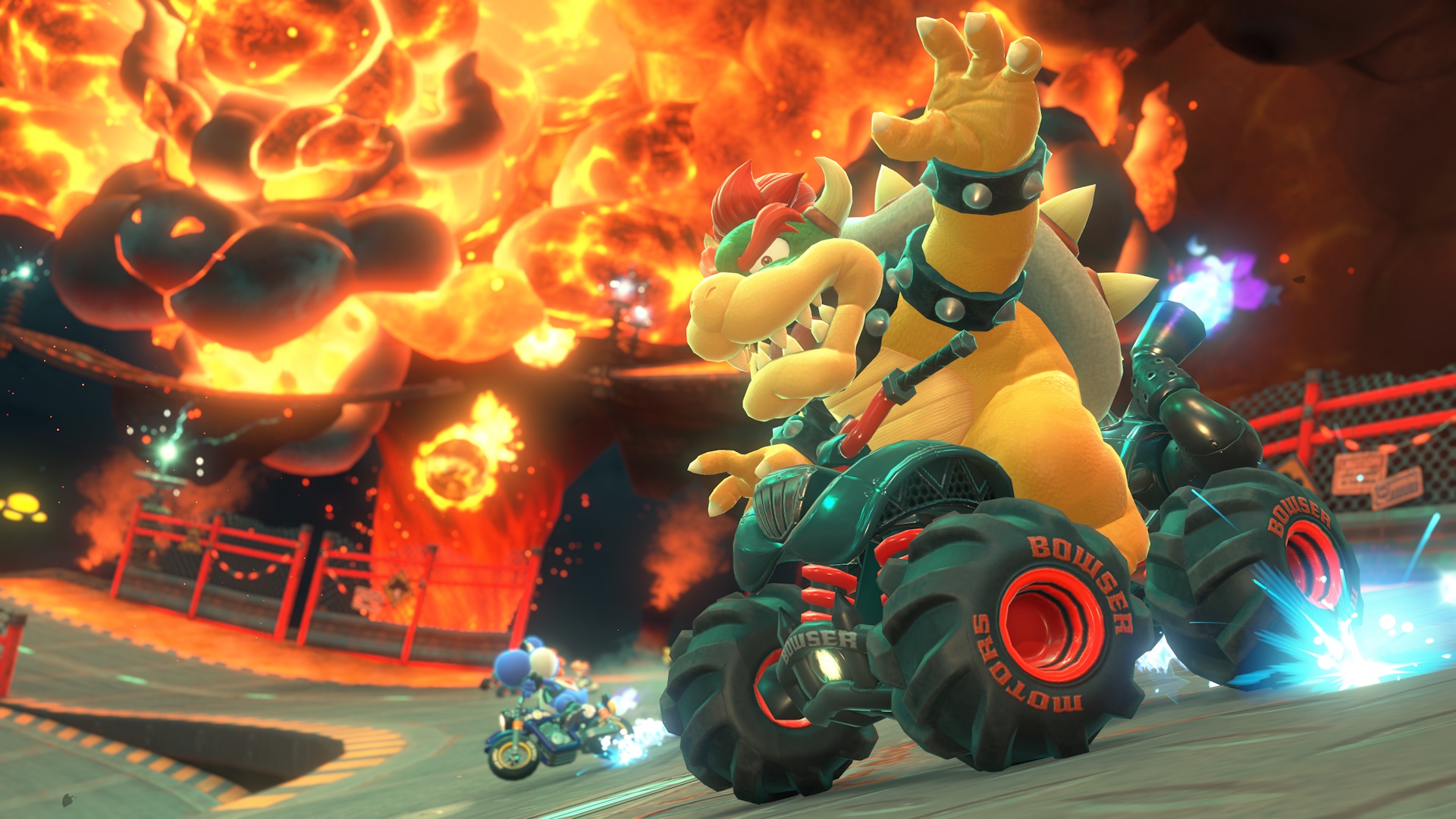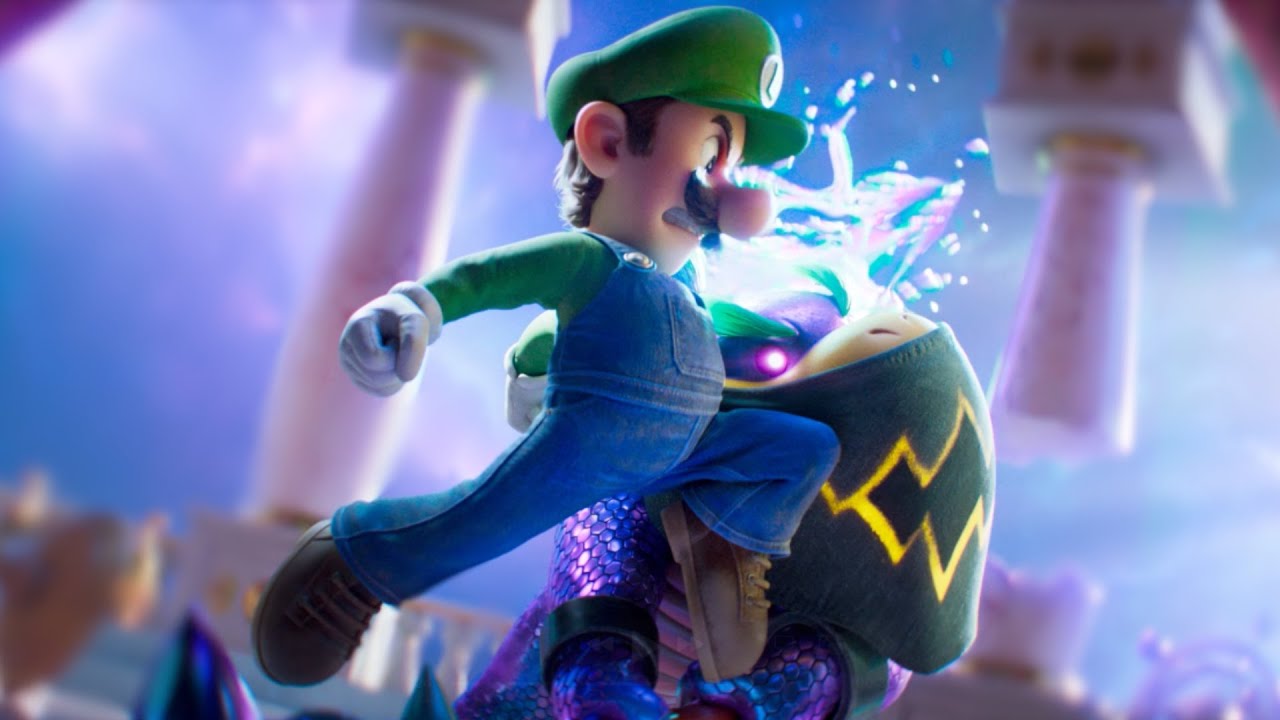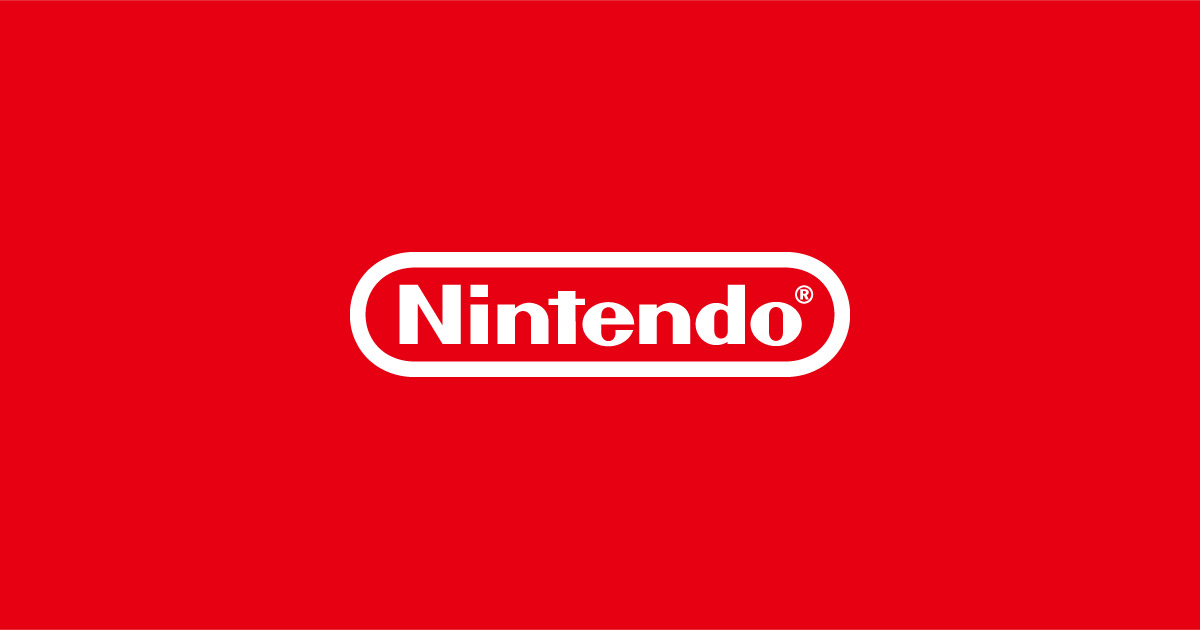Super Mario Bros.
2 is a standout title in Nintendo’s acclaimed Mario franchise, but its origins are markedly different from other mainline entries in the series.
Developed and released during the late 1980s, the title made its debut for the Nintendo Entertainment System (NES) in North America in 1988, surprising longtime fans with innovative gameplay and unique mechanics absent from the original Super Mario Bros.
This unconventional sequel has its roots in an entirely different game: Yume Kōjō: Doki Doki Panic, first released exclusively in Japan. Following the breakthrough global success of the original Super Mario Bros., Nintendo’s development team began working on a direct sequel in Japan.
However, this Japanese version of Super Mario Bros.
2 was deemed excessively challenging for Western audiences by Nintendo of America.
In response, the company made the unusual decision to repurpose a separate game, Doki Doki Panic, which had originated from a collaboration between Nintendo and Fuji Television to promote a media event.
Nintendo adapted Doki Doki Panic’s gameplay, adjusted character graphics, and retrofitted the game to feature beloved Mario characters—Mario, Luigi, Princess Toadstool, and Toad. A Nintendo spokesperson explained that to make Doki Doki Panic more recognizable to international players, key changes included updating character sprites, integrating familiar Mario power-ups, and modifying the user interface.
The resulting product, released as Super Mario Bros.
2 overseas, delivered a fresh gameplay experience—allowing players to pick up and throw objects, select from multiple protagonists, and enjoy vertically scrolling levels that set it apart from its predecessor. Super Mario Bros.
2 proved to be a commercial and critical hit, selling millions of copies and earning lasting recognition for its creativity and bold departure from series norms.
Since its original launch, the game has joined the eShop lineup for multiple Nintendo platforms, including re-releases on the Nintendo Switch Online service, ensuring its continued accessibility to new generations of gamers. Not only did this unique development pathway diversify the Mario franchise, but it also paved the way for future spin-offs and character-focused adventures, solidifying the game’s influence on Nintendo’s design philosophy. Super Mario Bros.
2 remains a fascinating chapter in video game history—one shaped by cross-cultural adaptation, innovative design, and Nintendo’s keen understanding of its global audience.
2 is a standout title in Nintendo’s acclaimed Mario franchise, but its origins are markedly different from other mainline entries in the series.
Developed and released during the late 1980s, the title made its debut for the Nintendo Entertainment System (NES) in North America in 1988, surprising longtime fans with innovative gameplay and unique mechanics absent from the original Super Mario Bros.
This unconventional sequel has its roots in an entirely different game: Yume Kōjō: Doki Doki Panic, first released exclusively in Japan. Following the breakthrough global success of the original Super Mario Bros., Nintendo’s development team began working on a direct sequel in Japan.
However, this Japanese version of Super Mario Bros.
2 was deemed excessively challenging for Western audiences by Nintendo of America.
In response, the company made the unusual decision to repurpose a separate game, Doki Doki Panic, which had originated from a collaboration between Nintendo and Fuji Television to promote a media event.
Nintendo adapted Doki Doki Panic’s gameplay, adjusted character graphics, and retrofitted the game to feature beloved Mario characters—Mario, Luigi, Princess Toadstool, and Toad. A Nintendo spokesperson explained that to make Doki Doki Panic more recognizable to international players, key changes included updating character sprites, integrating familiar Mario power-ups, and modifying the user interface.
The resulting product, released as Super Mario Bros.
2 overseas, delivered a fresh gameplay experience—allowing players to pick up and throw objects, select from multiple protagonists, and enjoy vertically scrolling levels that set it apart from its predecessor. Super Mario Bros.
2 proved to be a commercial and critical hit, selling millions of copies and earning lasting recognition for its creativity and bold departure from series norms.
Since its original launch, the game has joined the eShop lineup for multiple Nintendo platforms, including re-releases on the Nintendo Switch Online service, ensuring its continued accessibility to new generations of gamers. Not only did this unique development pathway diversify the Mario franchise, but it also paved the way for future spin-offs and character-focused adventures, solidifying the game’s influence on Nintendo’s design philosophy. Super Mario Bros.
2 remains a fascinating chapter in video game history—one shaped by cross-cultural adaptation, innovative design, and Nintendo’s keen understanding of its global audience.






